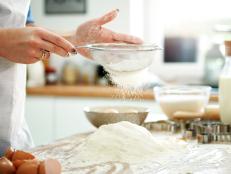The Ultimate Guide to Chocolate for Baking (and Beyond)
Chocolate is available for purchase in dizzying variety: from bitter to sweet, white to dark, powders to chips, bars to bricks. To keep your head from spinning, here's a breakdown of what you'll encounter in the baking aisle.
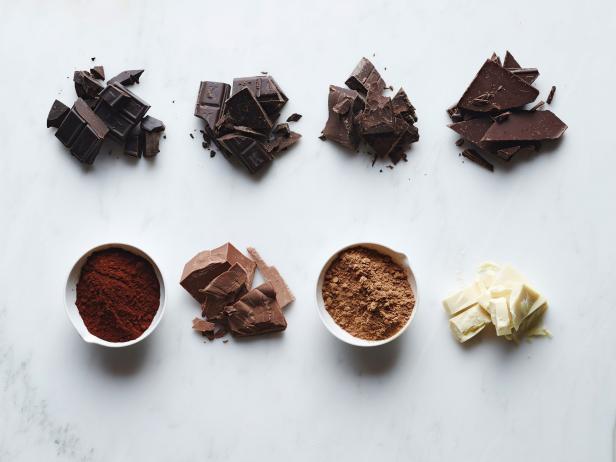
Matt Armendariz, 2014, Television Food Network, G.P. All Rights Reserved
Chocolate Varieties
Top Row, Left to Right:
Baking Chocolate
These are bars with about 60 percent cocoa, 40 percent sugar and no added cocoa butter. This variety of chocolate is intended (as you might guess) for baking.
Unsweetened Chocolate
This is also sold as bitter chocolate. It is 100 percent cocoa: chocolate liquor in solid form, with no added sugar or cocoa butter.
Dark Chocolate
This is an umbrella term encompassing semisweet, bittersweet and sweet chocolates — everything, basically, except milk chocolate or white chocolate.
Semisweet and Bittersweet Chocolate
Dark chocolate is generally made with 50 to 60 percent cocoa. No strict definitions exist; one brand's bittersweet may be sweeter than another's semisweet. Generally, bittersweet has a higher cocoa content and proportionally less sugar. Either way, the two are basically interchangeable in recipes.
Bottom Row, Left to Right:
Dutch-Process Cocoa
Treated with alkali during processing, which neutralizes and darkens it, this cocoa has a deep, mellow chocolate flavor. Recipes that call for Dutch-process cocoa need baking powder as a leavener.
Milk Chocolate
Made from cocoa, milk solids, vanilla, sugar, emulsifiers and extra cocoa butter, milk chocolates tend to be sweet, smooth and melty. Cocoa content can be as low as 10 percent, but today's high-quality milk chocolates rise to 35 to 45 percent cocoa. Milk chocolate finds its place in some cookies, frostings and sauces. It scorches easily, so heat slowly and stir constantly.
Natural Cocoa
Natural cocoa has a strong flavor and light color and is sold unsweetened. It is acidic and interacts with baking soda to create the bubbles that leaven baked goods.
White Chocolate
Rich and mellow, sweet and creamy, white chocolate is chocolate made without cocoa: just cocoa butter, milk solids, sugar and, usually, vanilla. The absence of cocoa solids accounts for its ivory color, faint chocolate taste and absence of bitterness. White chocolate scorches easily; melt over very low heat.
Good to Know
Cocoa Percentages
As a rule of thumb, the higher the cocoa content, the more intense (and bitter) the chocolate flavor.
Tempering
Tempering is the technique of gradual heating and cooling that lends dipped and coated chocolate confections their glossy finish and satisfying snap. Tempering creates a stable emulsion of cocoa fat and sugar crystals.
Storing
Store chocolate at cool room temperature, tightly wrapped. Chocolate readily absorbs odors; choose its neighbors wisely. If your chocolate has a gray, streaky "bloom" on the outside, it’s still OK to eat.
Related Links:




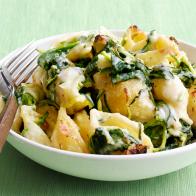










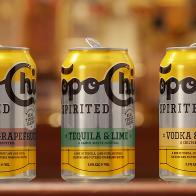



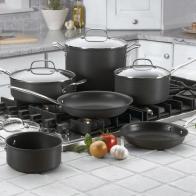




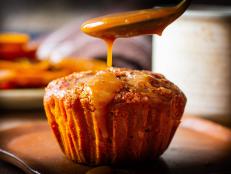
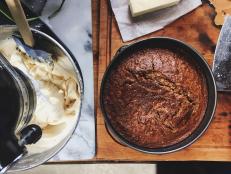
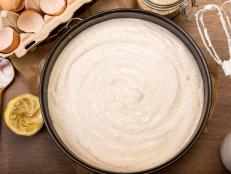
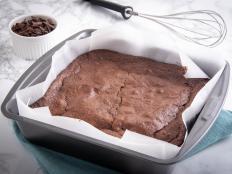


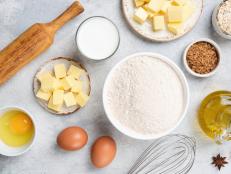
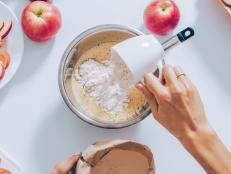
.jpg.rend.hgtvcom.231.174.suffix/1681323015319.jpeg)
